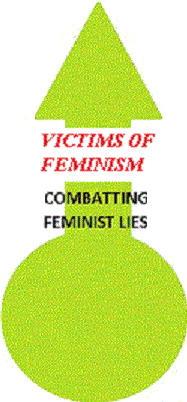Home > Issues > Pay Equity & the Alleged Pay Gap > Rejection of the "Next Steps towards Pay Equity" |
||||||||||

|
Empowering Men:fighting feminist lies |
|||||||||
Rejection (in lieu of a Submission) of the Ministry of Women’s Affairs’ Discussion Document: "Next Steps towards Pay Equity"New Zealand Equality Education Foundation, 28 September 2002 |
||||||||||